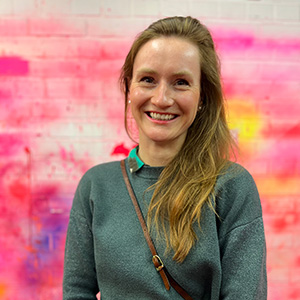Local content only: autodesk-university-2022
Subhead Placeholder


Rich Text Placeholder
Rich Text Placeholder

Rich Text Placeholder

Rich Text Placeholder

Rich Text Placeholder
Rich Text Placeholder
About the author

Friederike Voigt
Friederike Voigt is Content Manager for Autodesk being responsible for Design & Make with Autodesk in EMEA. She previously worked as a journalist with Callwey, a German leading publishing house specializing in architecture. While studying Media Management and History of Art she was awarded a national scholarship in journalism and worked for various newspapers and magazines including the German Press Agency (dpa) and Cicero Magazine.